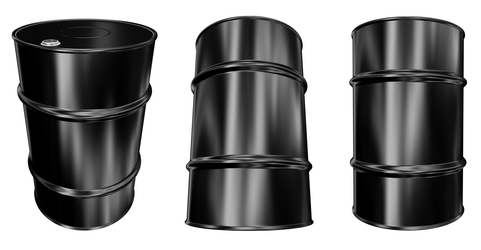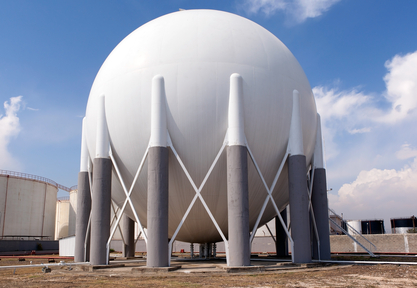Canadian Atlantic: The Next Big Oil Play?
 Will the Canadian Atlantic be the Next Big Oil Play?
Will the Canadian Atlantic be the Next Big Oil Play?
Recently held in Calgary, the Global Petroleum Show showcased developments in the field to over 63,000 representatives from more than 100 countries. At the top of the list of items discussed were the waters off the Atlantic coast of Canada, which are still considered by many to be frontier territory.
Numerous strikes of oil have occurred in recent years, producing hundreds of millions of oil barrels for consumers. And there are many more potential prospects in the area proposed to launch new drilling programs for the third quarter of 2014. With the sudden surge of interest in the Atlantic waters from these new strikes, there is plenty of potential for companies to move in and develop the coast into the next huge oil boom.
Competing with Western Canada
While current figures comparing the oil production per day show that Western Canada completely dwarfs the production of Atlantic Canada (some 2.6 million barrels per day compared to approx. 235,000), the number of Atlantic prospects is climbing.
With a potential of 1.5 billion barrels projected to be pumped from the Atlantic Coast, many oil companies have been investing huge money in new technologies. In fact, so many potential drill sites have been documented, that many firms are beginning to develop new platforms that can handle the rough Atlantic waters with a focus on dodging icebergs and drilling to depths of nearly 4,000 meters.
Transforming the Atlantic Coast
There are complex plans that will shape the face of the Atlantic coast in the near future. Oil, and even mining companies, have proposed or are already building a new array of projects to harvest the abundant prospects on the coast. A slew of new mines, gas export terminals, hydro projects, pipelines, and offshore oil rigs will soon exist on the coast as companies seek to maximize the new wells.
While some may think companies are only in it for the oil, these developments will create thousands of jobs and in some cases provide new clean energy solutions for the local communities.
Upcoming Atlantic Projects
Of the many projects being developed, a few may single-handedly shape the surrounding coast.
The Energy East Pipeline is among these, marking a moment in history as TransCanada plans to develop its first crude oil transportation pipeline by altering an existing natural gas pipeline. In addition to alterations, the new pipeline would have to be built across multiple provinces to line up with existing pipe in preparation for oil transportation.
Additionally, the Gravity Based Structure (GBS) of the Hebron Project is currently in full production for implementation by 2017, with a goal of producing more than 700 million barrels of oil from the Hebron offshore field. Designed as a new innovation, the platform seeks to employ over 3000 people upon completion, with transportation of the platform to a deep-water site occurring this summer.
While there are many more sites in production, the two mentioned above are sure to be among the first to produce oil off the coast and pioneer the newest source of Canadian oil.



